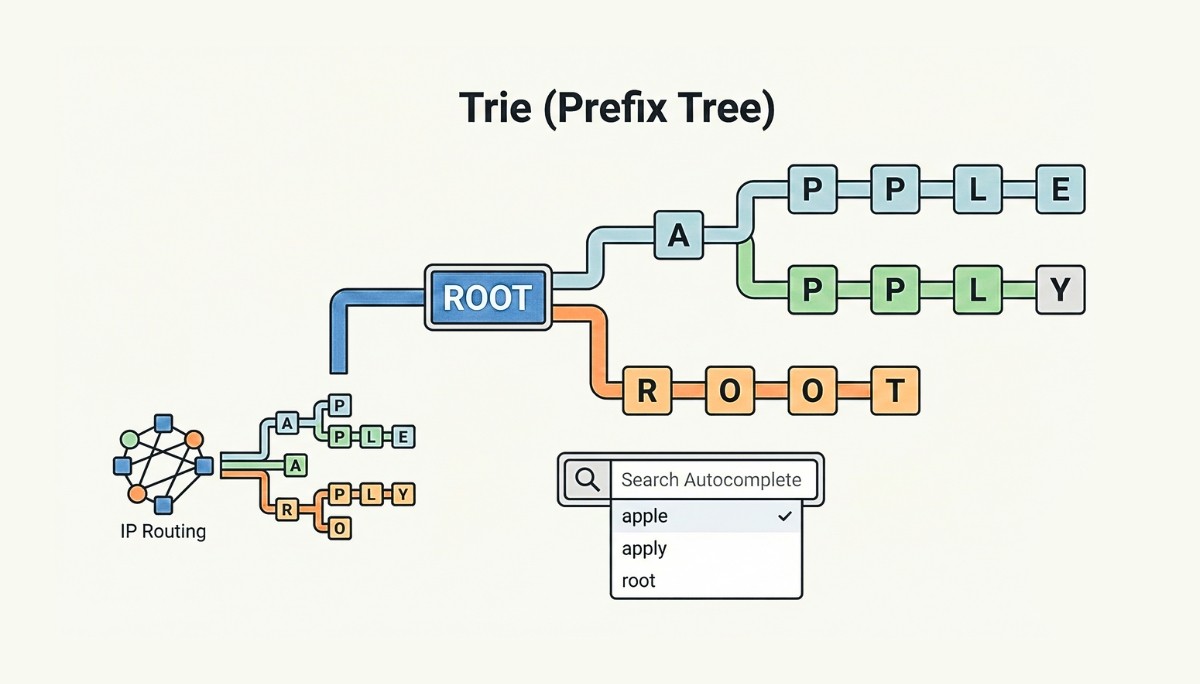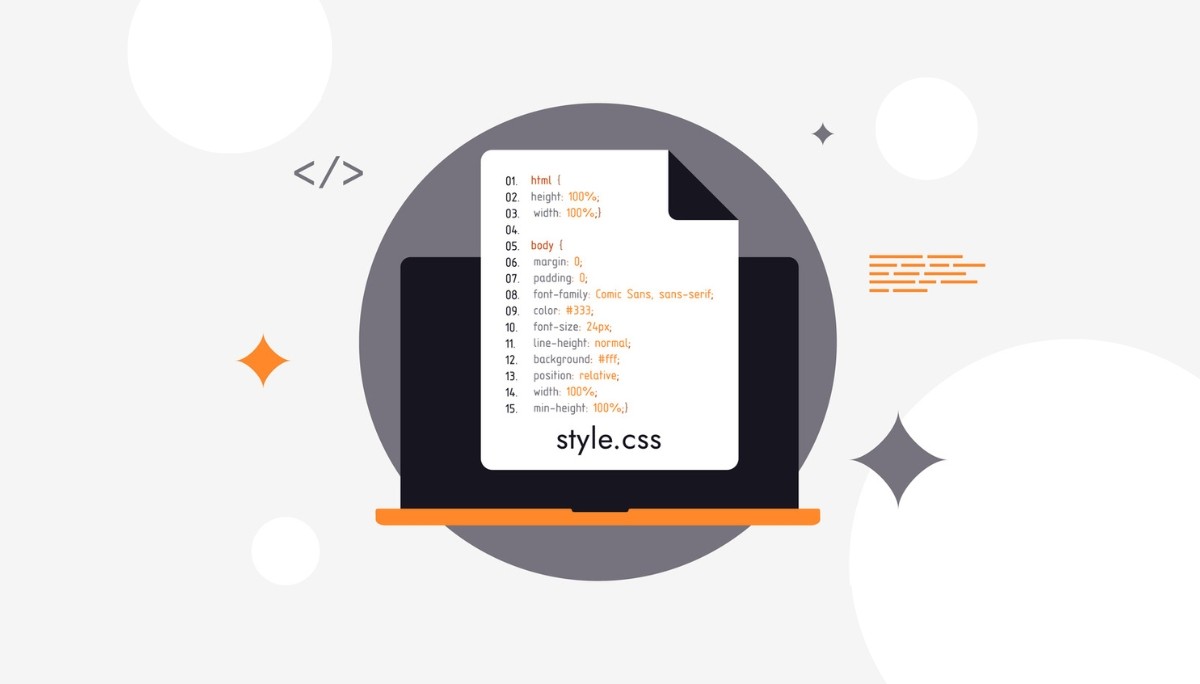What Is Computer Vision? AI & Future of Computational Vision
By
Ethan Fahey
•
Sep 12, 2025
Computer vision is a fascinating branch of AI that teaches machines how to “see” by interpreting and making sense of images and videos. It powers capabilities like object detection, image classification, and scene recognition, tasks we usually associate with human vision. In this article, we’ll break down how computer vision works, its key components, and its wide-ranging applications in fields like healthcare, automotive, and retail. For recruiters and AI engineers, understanding computer vision is essential as demand for these skills continues to grow, and tools like Fonzi AI can help you identify and connect with top talent who are driving innovation in this space.
Key Takeaways
Computer vision enables machines to interpret visual data through algorithms and image processing techniques, automating visual tasks across various industries.
Neural networks, particularly convolutional neural networks (CNNs), enhance the accuracy of visual recognition by extracting complex patterns and features from images.
Rapid advancements in AI and emerging technologies, such as edge computing and quantum computing, are driving the growth and innovation of computer vision applications, with significant economic potential expected in the near future.
Understanding Computer Vision

Computer vision is a branch of artificial intelligence (AI) that enables machines to interpret and make decisions based on visual data from images and videos, mimicking human sight capabilities. Effective computer vision systems rely on multiple technologies, such as machine learning algorithms, computer vision algorithms, and image processing techniques, to interpret visual data accurately. The significance of computer vision lies in its ability to automate visual tasks and improve decision-making across various sectors, from healthcare to the automotive industry.
Breaking down the core aspects of computer vision, such as defining it, understanding its operation, and recognizing the role of neural networks, offers a comprehensive overview of this transformative technology.
What is Computer Vision?
Computer vision is a specialized field within AI that focuses on enabling machines to interpret and act upon visual data from images and videos. This technology aims to replicate human vision by analyzing visual inputs and making informed decisions based on that analysis. In essence, computer vision work uses computational techniques to enable computers to understand digital images or videos, mirroring human visual perception.
The history of computer vision began with simple image processing tasks and has evolved into a sophisticated field that combines deep learning models, neural networks, and advanced algorithms to perform complex visual tasks. Today, computer vision applications span many industries, including medical image analysis, facial recognition, and autonomous driving, showcasing their versatility and impact.
How Computer Vision Works
Computer vision works through a series of steps that involve acquiring, processing, and analyzing visual images to draw meaningful conclusions. The process begins with image acquisition, where visual data is captured using sensors like cameras. Once the images are acquired, they undergo various processing techniques such as filtering, edge detection, and geometric transformations to enhance their quality and extract relevant features. These methods enhance image quality and highlight key elements for further analysis.
After processing, the extracted features are analyzed using algorithms to identify and classify visual information. This analysis can include tasks like object detection, image classification, and scene understanding. Using computer vision algorithms, systems recognize objects, interpret visual data, and analyze visual data to make informed decisions with an image classification model.
This structured approach ensures that computer vision systems can perform a wide range of visual tasks with high accuracy and efficiency.
The Role of Neural Networks in Computer Vision
Neural networks, especially convolutional neural networks (CNNs), significantly enhance the accuracy of visual recognition tasks in computer vision. CNNs decompose images into pixels, allowing machines to learn and recognize patterns through iterative learning, a process often referred to as pattern recognition. This process is akin to how the human brain processes visual information, making CNNs exceptionally effective for tasks like object recognition and image classification.
The success of CNNs in computer vision applications is largely due to their ability to extract features from images at multiple levels of abstraction. This feature extraction capability enables CNNs to identify intricate patterns and structures within images, leading to more accurate and reliable visual recognition outcomes.
Leveraging deep learning models and neural networks allows computer vision systems to interpret visual data with remarkable precision.
Key Components of Computer Vision Systems

Computer vision systems are designed to replicate human capabilities in visual perception by utilizing multiple technologies and methodologies. These computer systems integrate various components, including image acquisition, processing, and analysis, into computer vision systems to interpret visual data effectively.
Grasping these key components helps understand how visual data and computer vision work and its diverse applications.
Image Processing Techniques
Image processing techniques are fundamental to computer vision systems, enabling the enhancement and preparation of images for analysis. These techniques include:
Filtering: removes noise from images
Edge detection: identifies boundaries and shapes
Geometric transformations: improve the quality of digital images and highlight critical features
These processes optimize images for subsequent analysis of image data and interpretation by computer vision algorithms.
Advanced image processing techniques also play a crucial role in tasks like optical character recognition (OCR) and medical image analysis. Enhancing digital image quality enables more accurate recognition and classification of visual data, improving decision-making outcomes in various applications.
Object Detection and Recognition
Object detection and image recognition are critical components of computer vision systems, allowing machines to identify objects and classify visual elements within an image. Object identification, object classification, and detection use classification and localization to identify multiple objects in an image, indicating their positions with bounding boxes. This process is essential for applications like image tagging, content-based retrieval, and autonomous driving.
Convolutional neural networks (CNNs) are widely used in object detection due to their efficiency in processing image data and recognizing patterns. Image segmentation techniques also divide an image into distinct regions, aiding object recognition within those segments.
Using these advanced algorithms and techniques, computer vision systems accurately detect and recognize objects in various contexts, enhancing practical applications.
Optical Character Recognition (OCR)
Optical character recognition (OCR) technology is a method used to convert printed or handwritten text within images into formats that can be edited or searched. This technology is widely used in applications such as digitizing documents, automating data entry, and improving accessibility. OCR systems use machine learning techniques to improve accuracy in recognizing characters across diverse fonts and writing styles. Processing and analyzing text within images enables efficient data extraction and enhances digital document utility.
The integration of OCR with other computer vision applications, such as document analysis and natural language processing, further extends its capabilities. By combining these technologies, computer vision systems can automate complex tasks, streamline workflows, and improve overall efficiency in various sectors.
Training and Deploying Computer Vision Models
Training and deploying computer vision models are critical steps in developing effective computer vision applications. This process involves using extensive datasets to train systems, fine-tuning pretrained models, and deploying them for real-world inference.
Understanding these steps is essential for leveraging the full potential of computer vision technology.
Training Computer Vision Models
Training computer vision models requires high-quality datasets that reflect the specific use cases they will be applied to. These datasets are used to train systems repeatedly, allowing them to identify patterns and recognize images accurately. Graphics Processing Units (GPUs) excel at training large models due to their parallel processing capabilities, significantly accelerating the training process. Additionally, AI accelerators enhance the training efficiency of complex computer vision models, making it possible to handle extensive data tasks effectively. Computer graphics play a significant role in visualizing the results of these models.
Generative AI is becoming mainstream, allowing for the creation of synthetic data to train computer vision models more efficiently and cost-effectively. By integrating generative AI with trained model deployment, computer vision systems can adapt to real-world scenarios more effectively.
Fine-Tuning Pretrained Models
Fine-tuning pretrained models, also known as transfer learning, enables the adaptation of models trained on large datasets to new specific tasks with less data. This process involves adjusting the parameters of pretrained models to better align with the specific characteristics of a new dataset, reducing the need for extensive computational resources.
Deploying Models for Inference
Deploying computer vision models on edge computing devices allows for real-time analysis and reduces latency in processing data from sensors. This approach enables real-time visual data processing on devices like smartphones and IoT sensors, reducing reliance on cloud infrastructure.
Efficient deployment can be achieved through solutions that support multiple AI frameworks, streamlining the integration process.
Applications of Computer Vision Across Industries

Computer vision technology is revolutionizing various industries by automating processes, enhancing efficiency, and improving accuracy in tasks. The applications of computer vision span multiple sectors, including:
Manufacturing
Healthcare
Security
Agriculture
Retail
Understanding these real-world applications showcases the versatility and impact of computer vision technology.
Manufacturing
In manufacturing, computer vision is used for tasks like inspecting products, monitoring assembly lines, and ensuring safety compliance in computer vision tasks. Automated quality control inspection using computer vision trains machines can significantly reduce human error and ensure consistent quality standards in production.
Additionally, computer vision ensures safety compliance by monitoring production lines for any unsafe practices or anomalies.
Healthcare
Computer vision plays a crucial role in healthcare, particularly in medical imaging. Its benefits include:
Enabling advanced analysis of medical conditions
Enhancing the accuracy of tumor detection
Improving early diagnosis and treatment outcomes
Accelerating the diagnostic process through automatic X-ray analysis
Providing quicker results for medical professionals
By automating the detection of anomalies in medical images, computer vision applications significantly reduce diagnostic errors and improve patient care.
Security and Surveillance
Computer vision systems enhance security systems and surveillance by:
Monitoring public spaces in real-time, allowing for immediate responses to security breaches.
Using modern algorithms to enable instant processing of video data, facilitating applications such as automated surveillance and traffic monitoring.
Employing facial recognition technology to improve security measures by accurately identifying individuals in high-risk environments.
However, data privacy concerns remain a significant challenge in deploying these technologies.
Agriculture
In agriculture, computer vision applications serve various purposes. They include monitoring field conditions, identifying crop diseases, checking soil moisture, predicting weather and crop yields, and animal monitoring. Technologies like satellite imaging and UAV footage are used to enhance farming practices by boosting productivity, reducing costs, and enabling intelligent automation.
Retail
Computer vision technology in retail enhances customer experience by personalizing shopping experiences and streamlining service. Foot traffic analysis powered by computer vision helps retailers understand customer behaviors and optimize store layouts. By gaining insights from foot traffic patterns, retailers can improve inventory management, ensuring that popular items are well-stocked and reducing waste on slow-moving products.
The integration of computer vision in retail not only targets efficiency in operations but also significantly enhances customer satisfaction and loyalty.
Current Trends and Innovations in Computer Vision

The computer vision field is experiencing rapid advancements, driven by innovations in AI and machine learning algorithms. These advancements are revolutionizing various industries by automating processes, enhancing efficiency, and improving accuracy in tasks.
Understanding the current trends and innovations in computer vision provides insight into its future potential and impact.
Edge Computing and AI Accelerators
Energy-efficient AI chips are increasingly utilized in edge computing to process data locally, reducing latency and bandwidth usage. These chips are specifically designed for deep learning tasks, enhancing the performance of edge computing in processing visual data.
The adoption of energy-efficient AI chips in edge computing allows for faster data processing and improved real-time decision-making in applications such as computer vision, as AI enables computers to enhance these capabilities.
Real-Time Video Analytics
Advancements in deep learning techniques are enhancing the capabilities of video analytics for real-time applications. These modern techniques allow for faster processing and more accurate insights from video feeds, enabling applications like automated surveillance, traffic monitoring, and real-time event detection.
This real-time analysis is crucial for various sectors, providing immediate insights and improving decision-making capabilities.
Augmented Reality and Virtual Reality
Computer vision plays a critical role in augmented reality (AR) and virtual reality (VR) by enabling real-time environment mapping and user interaction within immersive digital spaces. The integration of computer vision in AR and VR technologies allows for the creation of immersive and interactive environments, enhancing user experiences.
This technology is pivotal in developing new consumer AR devices and creating engaging, interactive experiences that blend the digital and physical worlds.
The Future of Computer Vision

The field of computer vision is currently experiencing rapid advancements, driven by innovations in deep learning and AI algorithms. Real-time video analytics, edge computing, and the integration with AR and VR are just a few examples of how computer vision technology is evolving to meet the demands of various industries.
Emerging technologies such as quantum computing and advanced neural networks are poised to quickly surpass human capabilities, revolutionizing computer vision and enhancing image processing and analysis capabilities.
Emerging Technologies
Advanced technologies like quantum computing can process vast amounts of data simultaneously, potentially revolutionizing computer vision applications by enhancing image processing and analysis capabilities. Additionally, advanced neural networks, including Generative Adversarial Networks (GANs) and deep learning algorithms, significantly improve object recognition and predictive analysis in computer vision.
These emerging technologies indicate a shift towards more intelligent and adaptable computer vision solutions.
Challenges and Opportunities
Addressing data quality and processing speed remains a critical challenge, as poor image quality and inefficient algorithms can hinder the effectiveness of computer vision solutions. High implementation costs for computer vision technologies can limit access for smaller organizations, presenting a challenge for market expansion.
Despite these challenges, advancements in technology and increased investment in computer vision research and development present significant opportunities for growth and innovation in the computer vision sector. Organizations that effectively address these challenges will be better positioned to leverage the rapidly growing potential of computer vision technologies.
Market Growth and Impact
The computer vision market is projected to grow significantly, reaching an estimated $50 billion by 2030, driven by advancements in AI and technology. This rapid growth is set to have significant economic impacts across multiple sectors, indicating the increasing significance of computer vision technology in the global market.
The market’s substantial growth underscores the potential of computer vision to transform industries and drive innovation.
Introducing Fonzi: Revolutionizing AI Hiring
Fonzi is an innovative recruitment platform designed to transform the hiring landscape for AI engineers. It leverages AI to streamline the hiring process, connecting companies with elite AI engineers through a specialized talent marketplace.
Offering a curated marketplace, Fonzi ensures businesses find highly qualified AI engineers efficiently and effectively.
What is Fonzi?
Fonzi serves as a specialized marketplace that connects companies with top-tier, pre-evaluated AI engineering talent. The platform is designed to curate a talent pool of AI engineers by pre-vetting candidates to ensure they meet high standards of expertise.
Fonzi supports both early-stage startups and large enterprises, facilitating the hiring process from the first AI hire to the 10,000th hire.
How Fonzi Works
Fonzi implements structured evaluations to assess candidates, ensuring that biases are minimized and fraud is detected during the hiring process. The platform includes:
Structured evaluations
Fraud detection
Bias auditing
Hosting a unique Match Day event for hiring
This structured process ensures fair and informed hiring decisions, connecting candidates with potential employers efficiently.
Why Choose Fonzi?
Using Fonzi allows companies to achieve a quicker and more efficient hiring process while maintaining a positive experience for candidates. Fonzi enhances hiring speed and consistency, making it suitable for both startups and established enterprises.
Moreover, the platform preserves and elevates the candidate experience, ensuring engaged and well-matched talent.
Summary
In summary, computer vision is a transformative technology that is revolutionizing various industries by automating processes, enhancing efficiency, and improving accuracy in tasks. From manufacturing to healthcare, security, agriculture, and retail, the applications of computer vision are vast and impactful. The integration of neural networks, advanced image processing techniques, and AI algorithms is driving significant advancements in this field.
As we look to the future, emerging technologies like quantum computing and advanced neural networks promise to further revolutionize computer vision. Despite challenges such as data quality and implementation costs, the opportunities for growth and innovation are immense. The market for computer vision technology is projected to grow significantly, indicating its increasing significance across multiple sectors. By staying informed about these trends and leveraging platforms like Fonzi, businesses can effectively navigate the rapidly evolving landscape of AI and computer vision.




